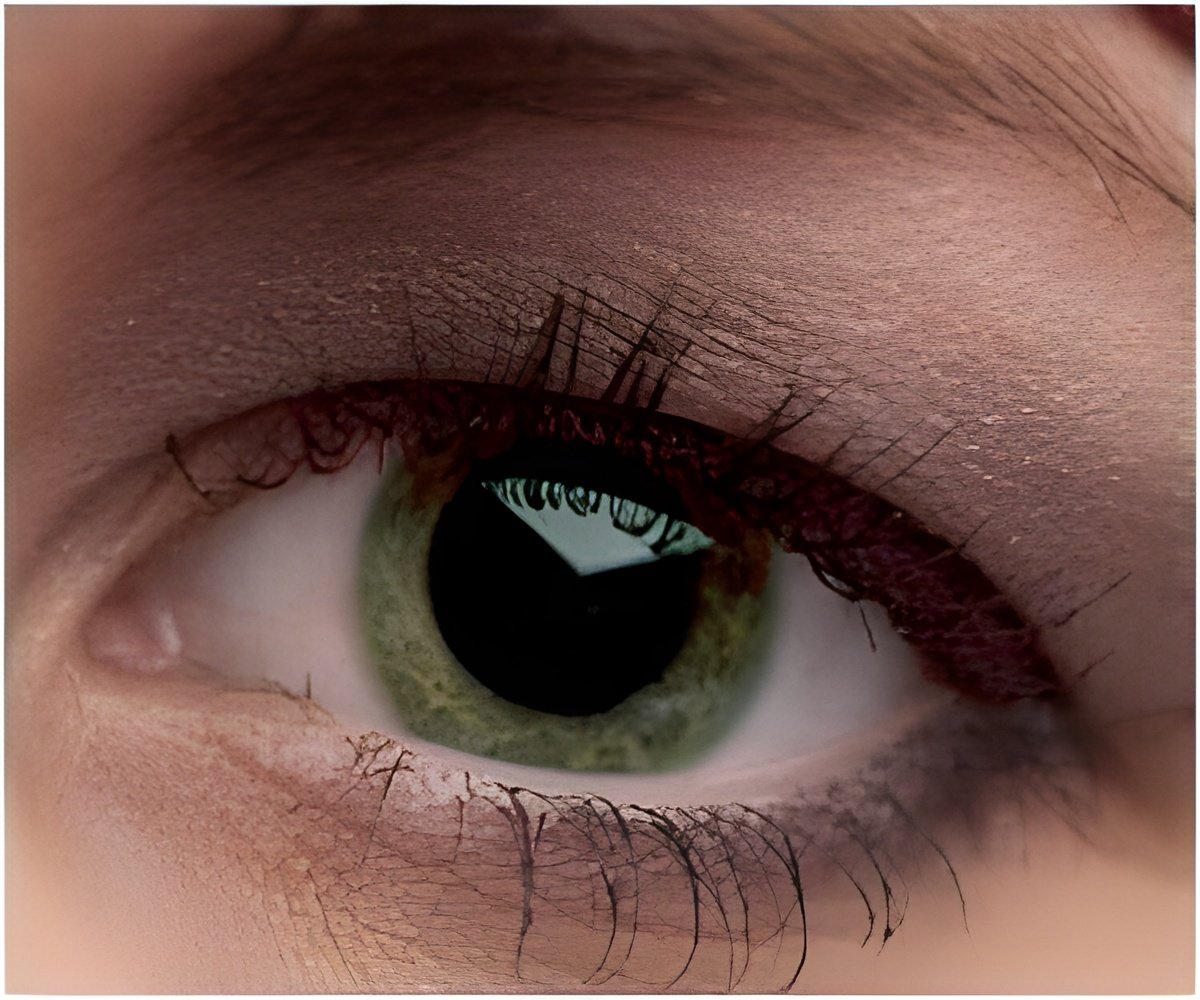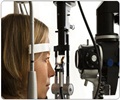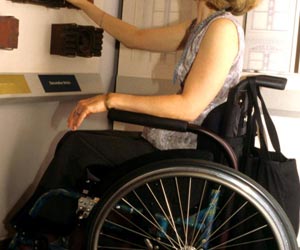Pupil mimicry is useful in social interactions in which extending trust and detecting untrustworthiness in others go hand in hand and benefits group interactions.

The clip was actually a manipulated image of a pair of eyes, programmed to show pupils that either dilated, constricted, or remained static over a period of 4 seconds. The participants were told that their investment would be tripled and their partner would then choose what portion of the money (if any) to give back to the participant.
The participant had to make a quick decision about whether they should trust the partner and invest the 5 Euros, in the hope of seeing a greater return. As expected, the results showed that participants were more likely to trust partners whose pupils had dilated, especially when the eyes indicated a happy expression.
According to the researchers, these findings suggested that group membership played an important role in how people interpret pupil signals. They said that pupil mimicry was useful in social interactions in which extending trust and detecting untrustworthiness in others go hand in hand, and it benefits in-group interactions, survival, and prosperity.
The study is published in the journal Psychological Science.
Source-ANI









